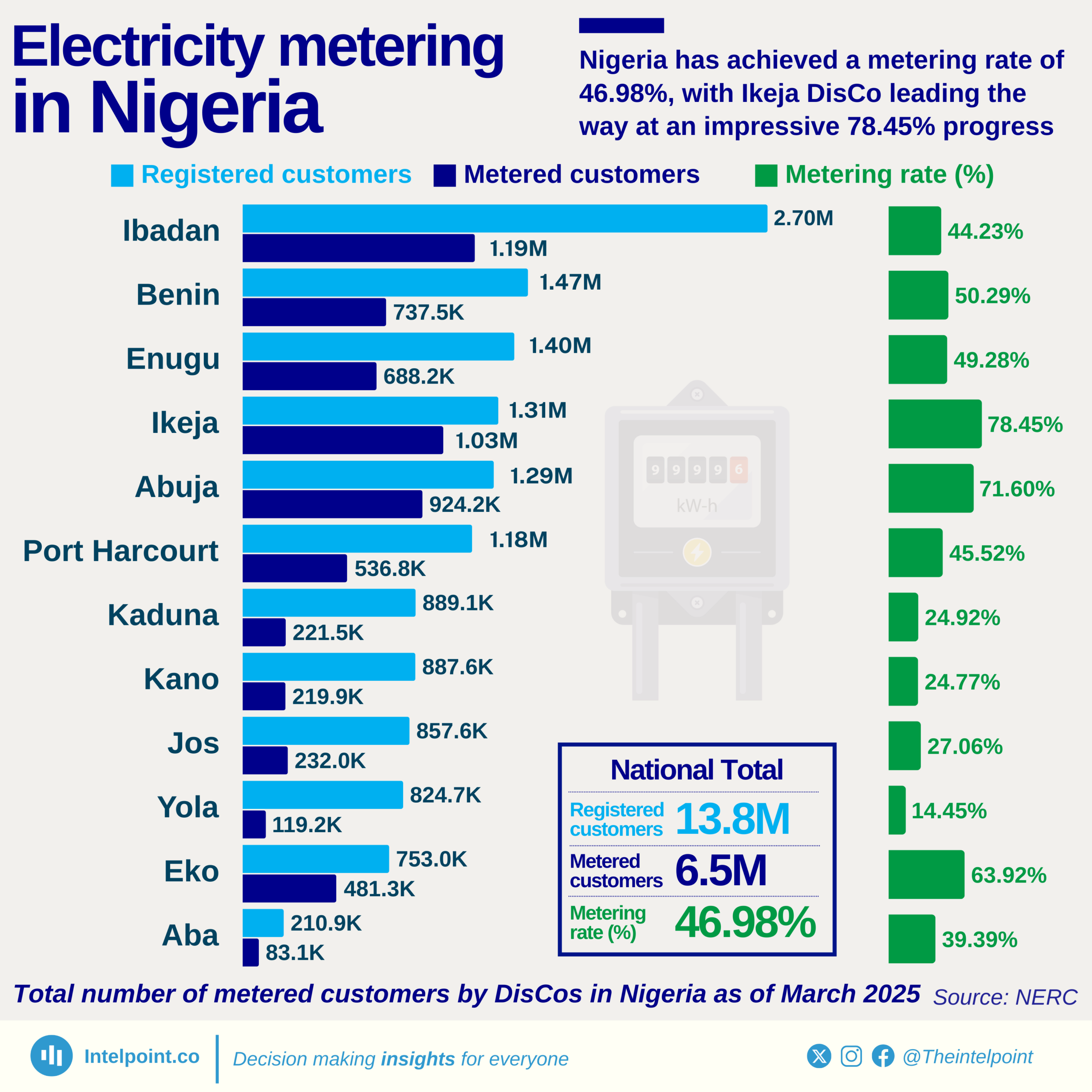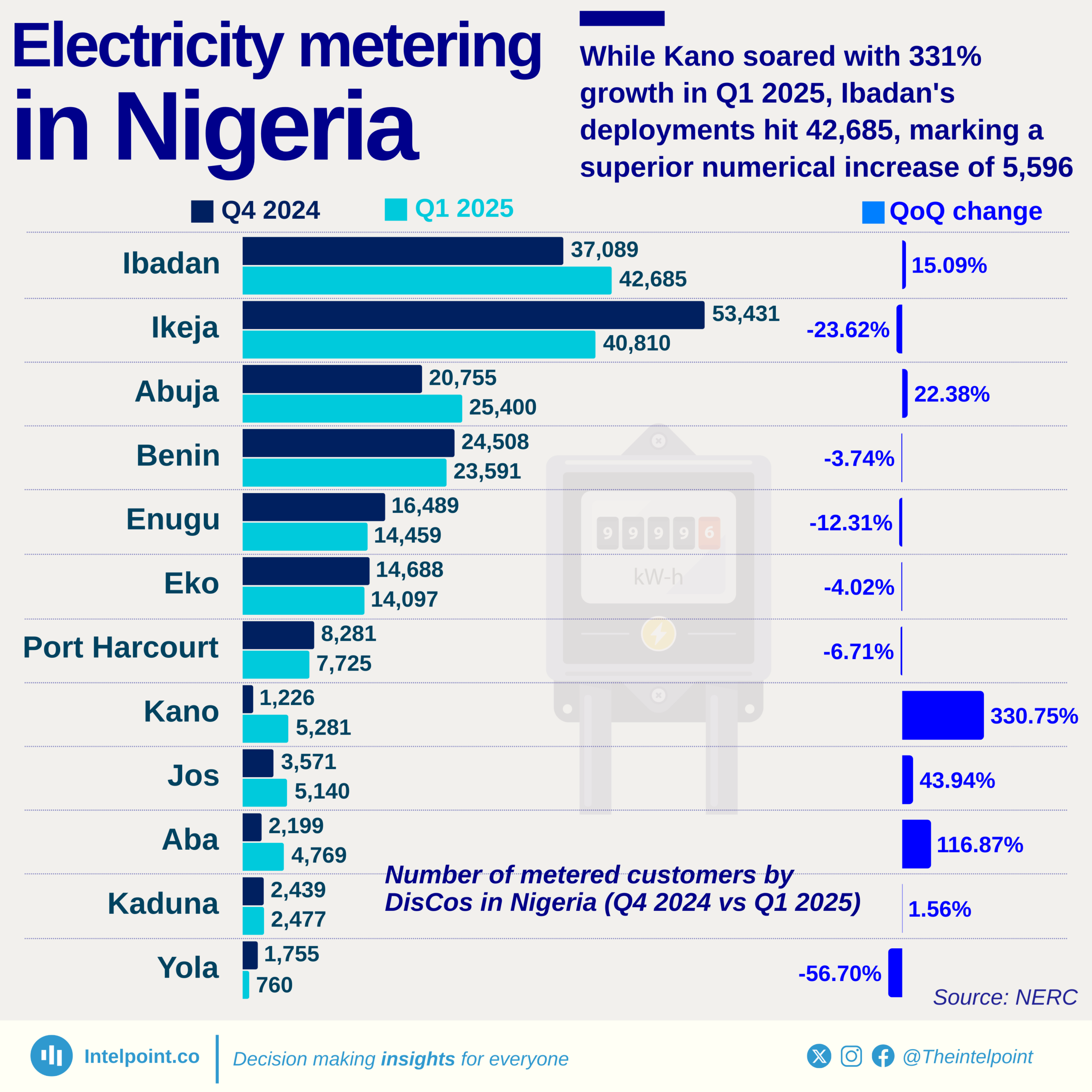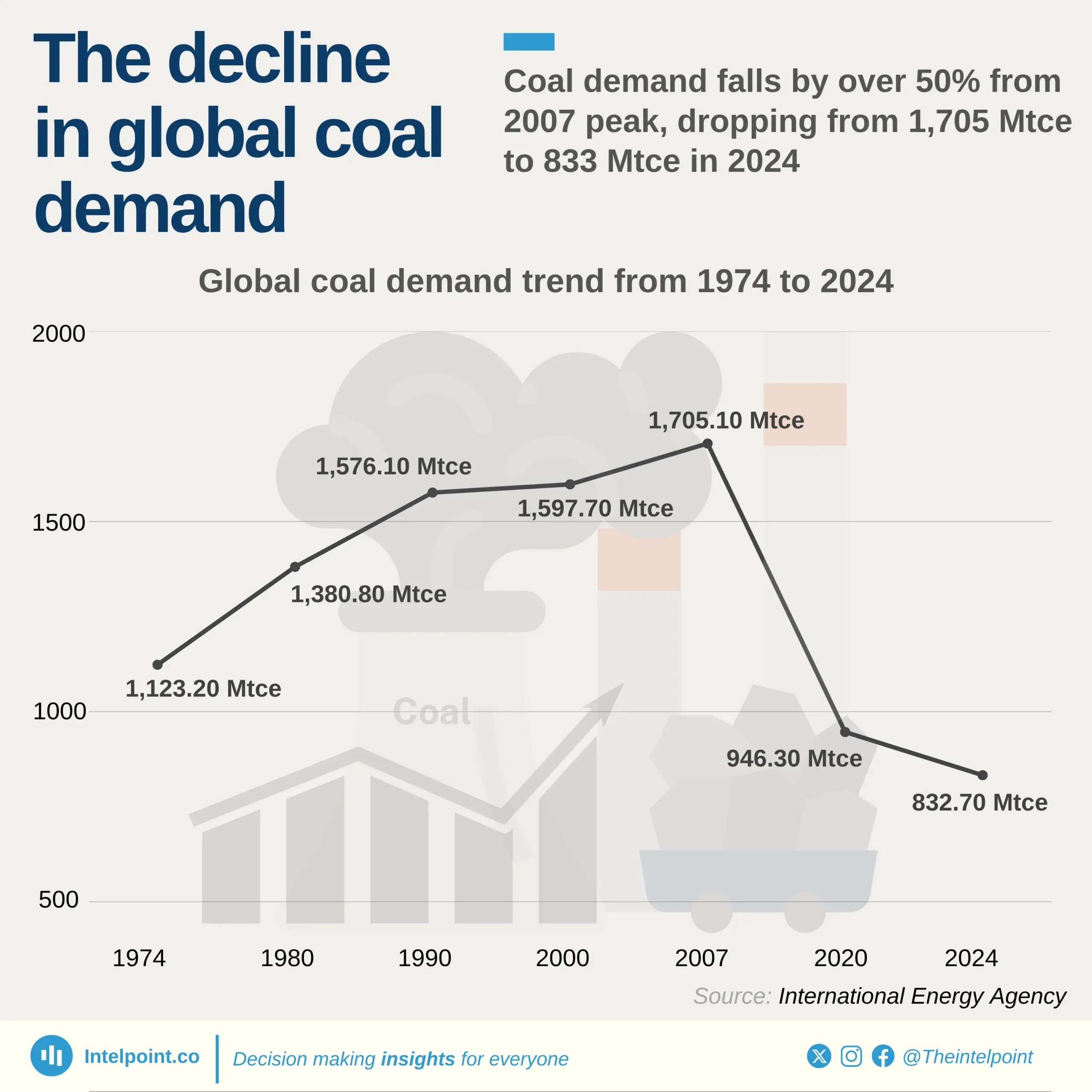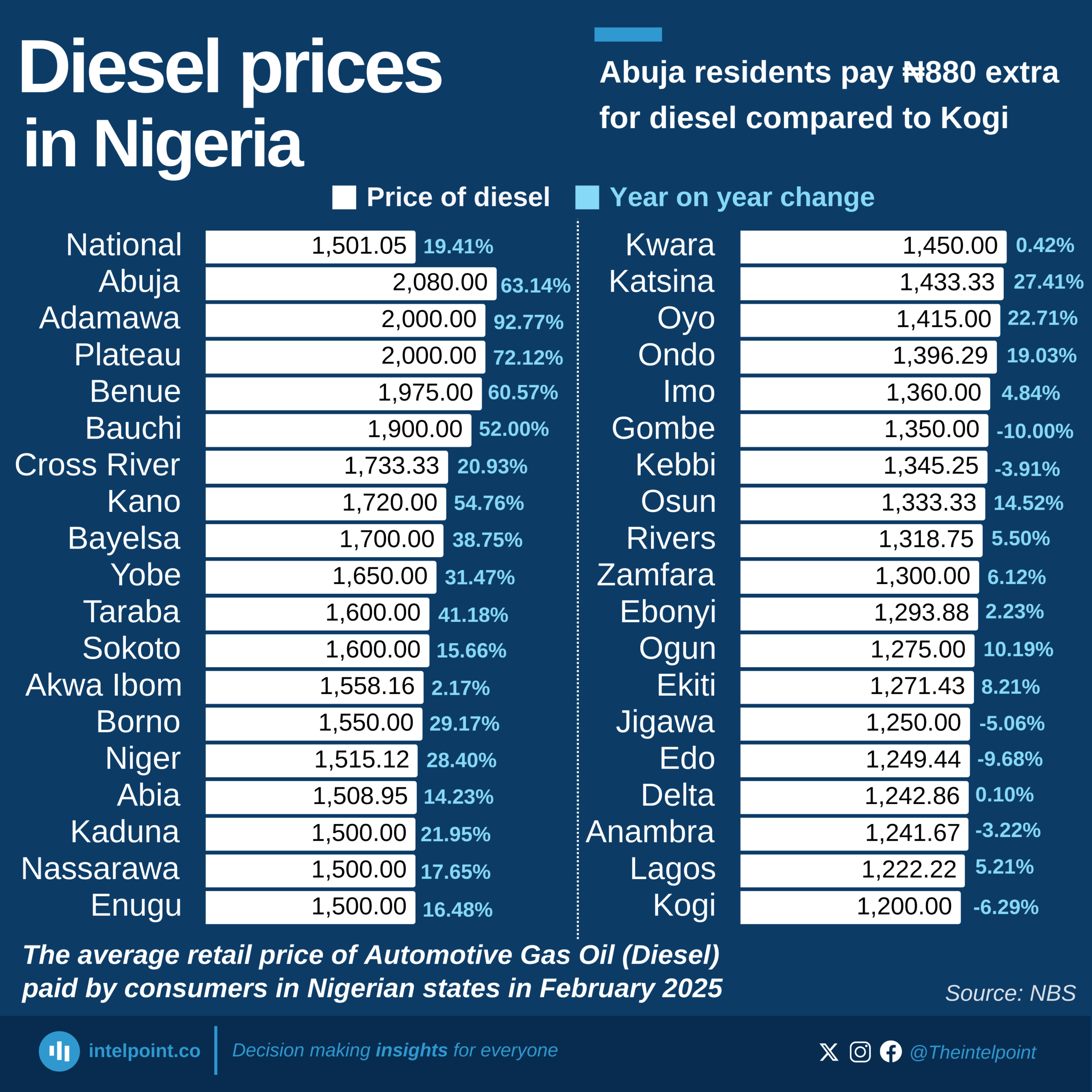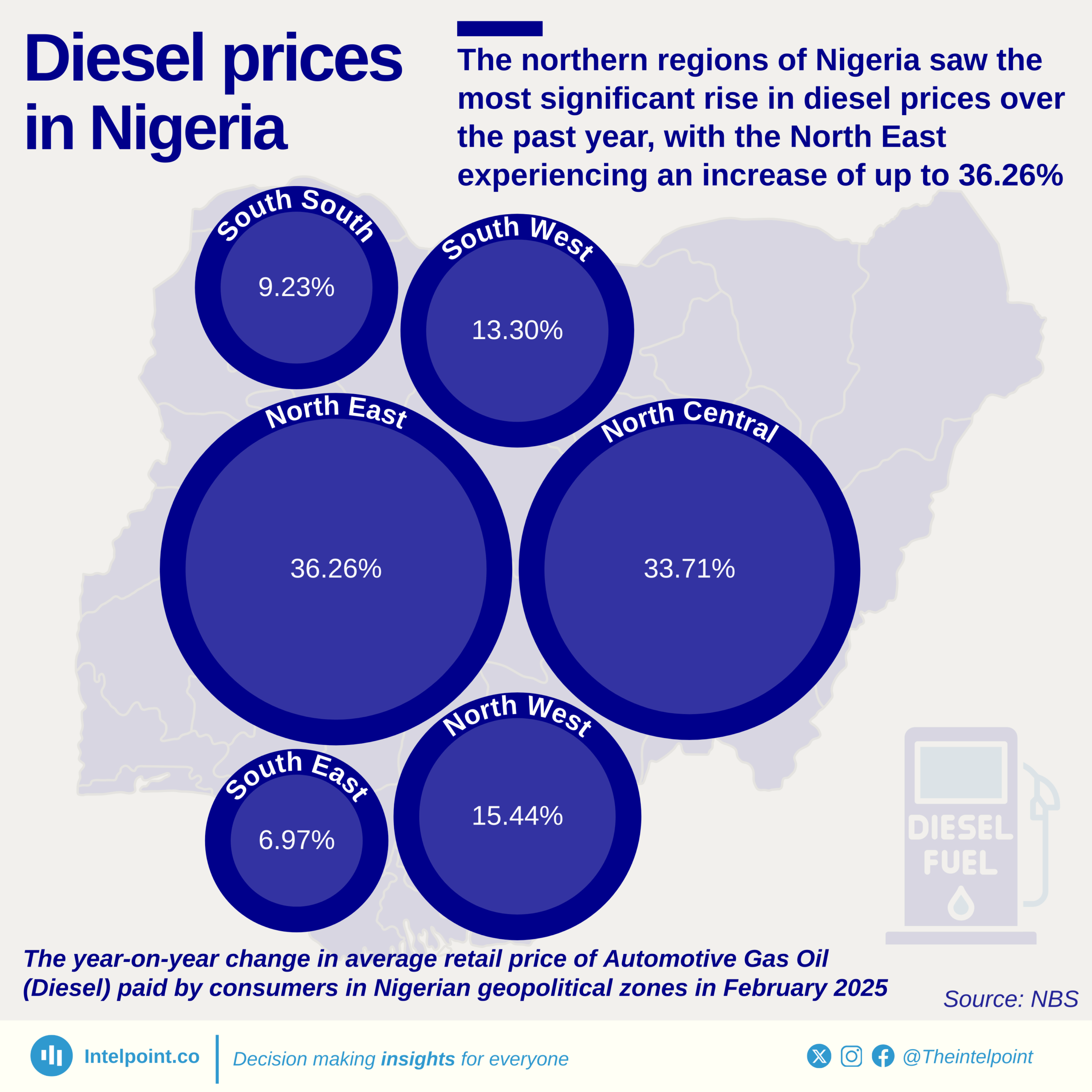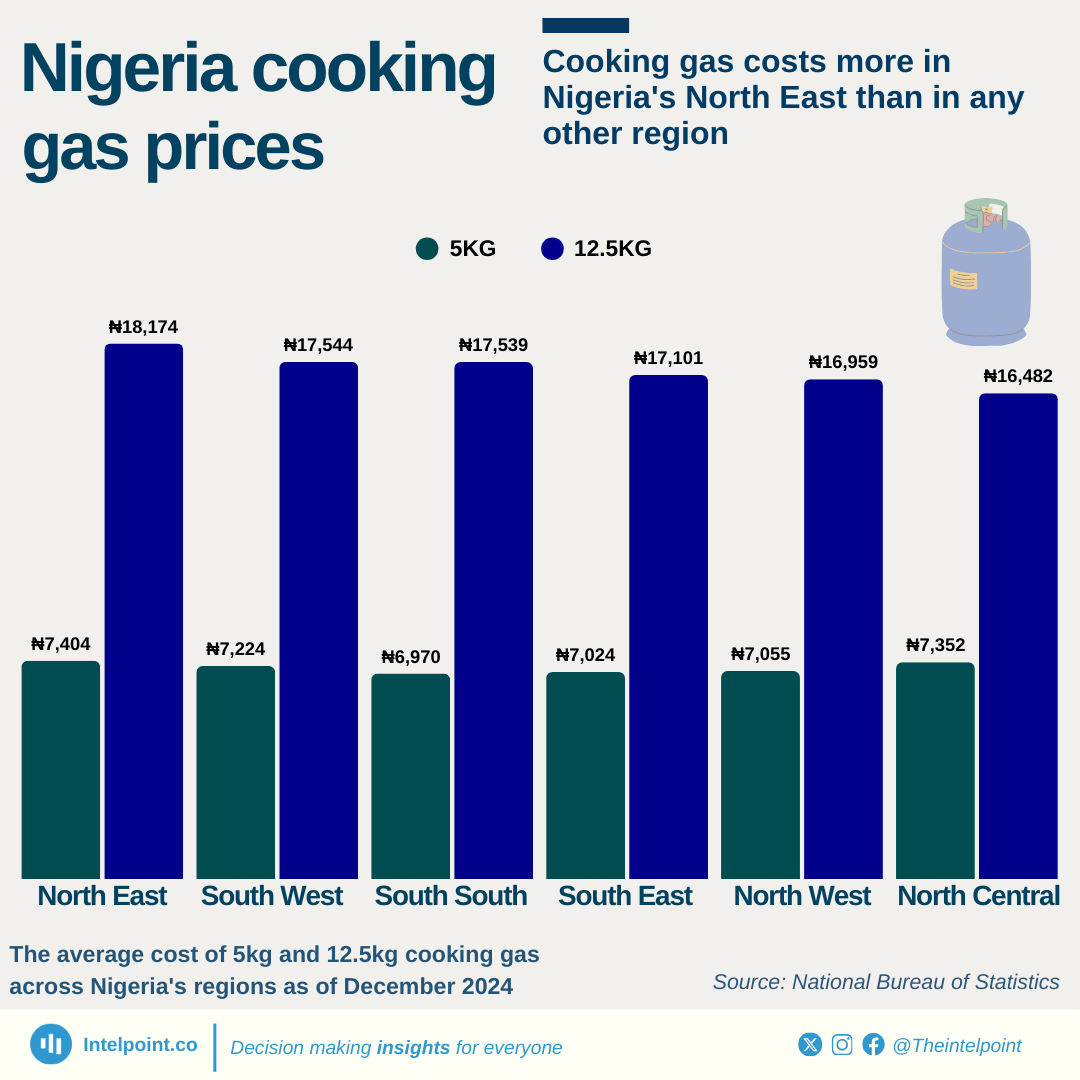South Africa and Egypt generated 239 terawatt-hours (TWh) and 201 TWh of electricity, respectively, in 2022, accounting for a combined 50% of Africa's 881 TWh. These countries, along with Algeria, Morocco, and Nigeria, accounted for 68% of the continent's total.
Despite being one of Africa's largest economies and having the continent's largest population, Nigeria's electricity generation has historically been lower than its potential.
